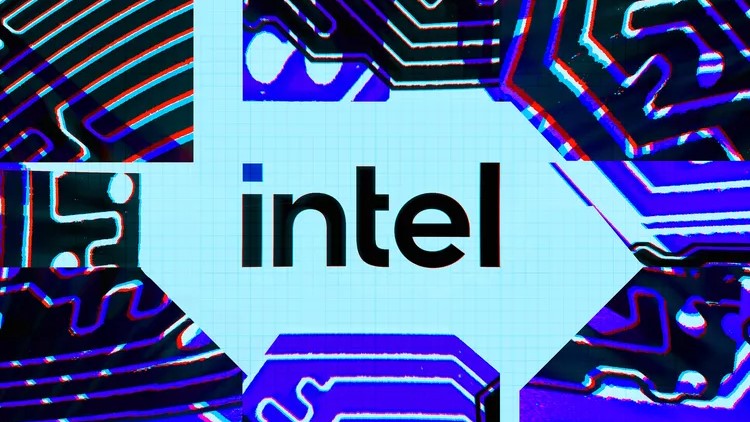
Intel is set to unveil ExtraSS, its official AI Frame Generation technology, aiming to compete with Nvidia’s DLSS 3 and AMD’s FSR 3. Both Nvidia and AMD have already introduced AI-driven enhancements for today’s top PC games. Intel, on the other hand, introduced its XeSS upscaling technology with Arc Graphics.
While XeSS competes with DLSS and FSR in enhancing image quality, frame generation technology hasn’t been available from Intel until now. This is expected to change soon, following Intel’s recent demonstration of its new technology at SISSGRAPH Asia 2023. According to the presentation, Intel’s ExtraSS will serve as a new technology for ‘frame extrapolation‘ and will collaborate with Intel XeSS.
Understanding Intel ExtraSS & How Does It Work?
Intel’s ExtraSS functions in a manner akin to the latest versions of DLSS and FSR, as outlined in a research paper. The paper introduces “ExtraSS as an innovative framework that combines spatial supersampling and frame extrapolation to augment real-time rendering performance.”
Similar to the operation of DLSS 3 or FSR 3, activating Intel’s ExtraSS concurrently engages both image upscaling (via XeSS) and frame generation functionalities.

In essence, ‘Frame Generation,’ whether from Nvidia, AMD, or Intel, revolves around leveraging existing information to artificially generate new frames through AI, enhancing the overall rendering process.
Frame generation features have the potential to double performance if your average FPS falls within the 50–60 range, effectively boosting in-game FPS to over 100-120.
There are two primary methods for achieving frame generation (FG): extrapolation and interpolation. Nvidia DLSS 3 and AMD FSR 3 employ frame interpolation. Therefore, it’s intriguing that Intel has opted for extrapolation, setting it apart from its competitors in this aspect of technology implementation.
Intel’s strategic choice of employing extrapolation in their frame generation technology aligns with a specific plan. The research paper acknowledges the pros and cons of extrapolation versus interpolation, highlighting that while extrapolation offers ‘lower latency‘, it may encounter challenges due to ‘inadequate information from input frames.’
In addressing this limitation, Intel proposes a methodology aimed at achieving superior quality compared to previous frame generation methods while also minimizing latency. If successful, Intel’s AI frame generation technology could potentially outperform existing interpolation-based FG technologies. Notably, ExtraSS is designed to be hardware-agnostic, indicating its compatibility with GPUs from Nvidia and AMD, a feature that could extend its reach across diverse hardware platforms.
The Significance of Intel’s ExtraSS AI Frame Generation
Intel’s testing of ExtraSS on an Nvidia RTX 3090 GPU suggests a potential openness in their approach, similar to AMD’s FSR 3. Speculations hint at the possibility of Intel making its frame generation technology, ExtraSS, open-source. This move could significantly benefit gamers by broadening its accessibility. Currently, while Nvidia’s DLSS 3 is exclusive to the RTX 40 Series, AMD’s technology is open-source. Aligning with this trend, Intel’s consistent vision for an open approach is promising.
Anticipations suggest that ExtraSS might require a moderately modern GPU for operation. Upon its release, the speculated minimum requirements could encompass Nvidia’s RTX 30 Series, AMD’s RX 6000 series, and Intel’s Arc graphics cards to ensure compatibility and functionality.

Speculation abounds as ExtraSS remains in development and has yet to be implemented in an actual game. The potential for Intel lies in integrating ExtraSS into the Core Ultra CPUs found in the latest Meteor Lake laptops.
These new 14th Gen CPUs boast Intel Arc Integrated Graphics, already supporting XeSS technology. If ExtraSS joins this lineup, it could revolutionize gaming on moderately performant laptops, elevating their capabilities without relying on high-end GPUs. This development sparks greater anticipation for the future trajectory of Intel Arc graphics.
What are your impressions of Intel’s ExtraSS? Could these advancements in computer graphics propel Intel to rival other GPU manufacturers? Share your thoughts in the comments below!



